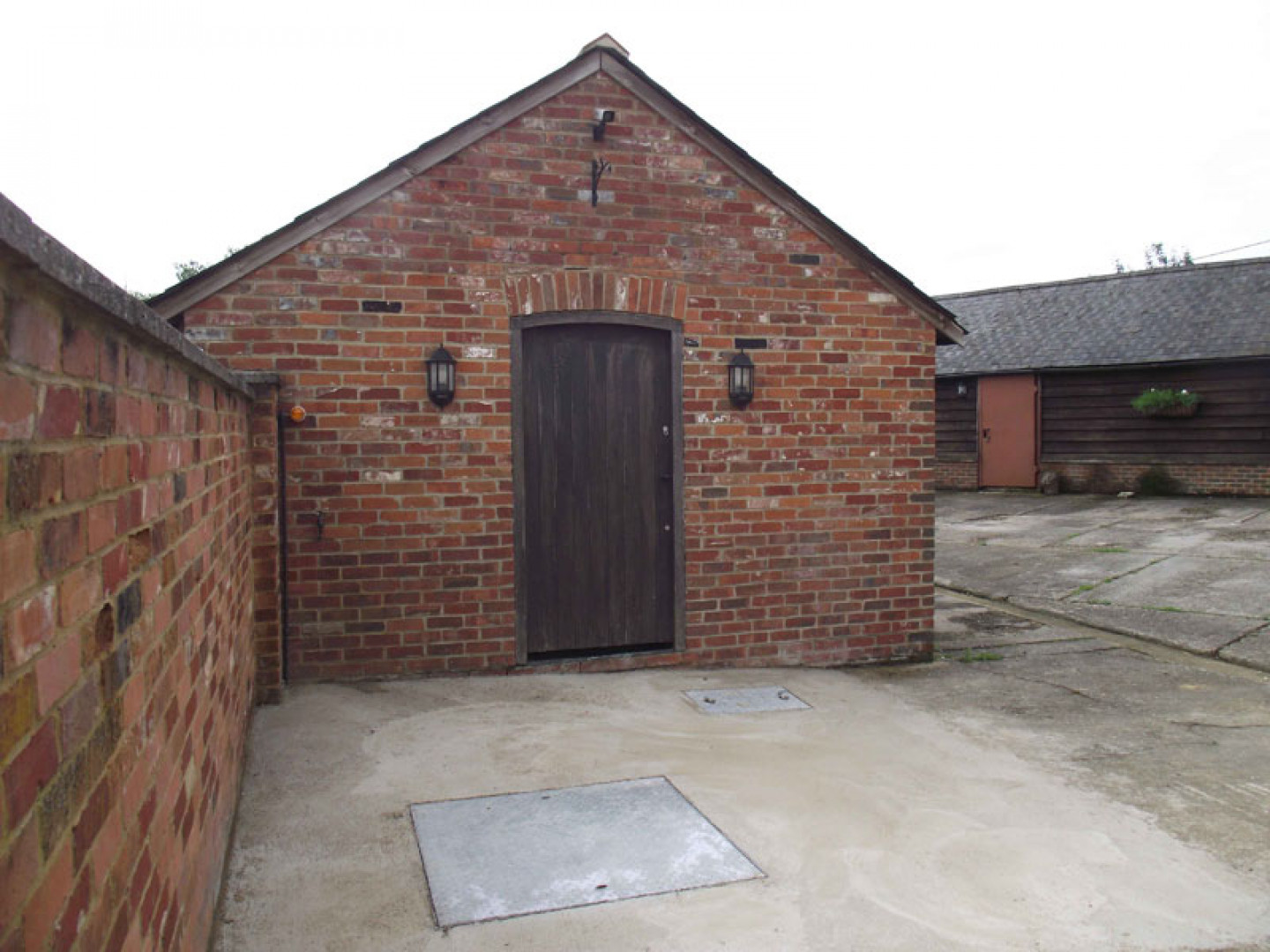If you are lucky enough to be involved with a domestic project in the beautiful countryside of Great Britain, one thing you will find is most properties are off-mains drainage. When involved with an off-mains project, it is important that you know where wastewater goes and what happens to it, usually by means of a domestic sewage treatment plant or septic tank, for example.
One such project in Awbridge, Hampshire involved the conversion of a barn and outbuildings to holiday and long-term rental accommodation. The property also included an existing thatched cottage. With the addition of these dwellings there would also be an increase in wastewater produced from the toilets, kitchen and bathrooms.
The homeowners chose a WPL DMS3 Diamond sewage treatment plant for up to 11 people, which would be able to cope with all the wastewater from the entire property. The size of the plant is based on the number of bedrooms at each property and The British Water Code of Practice Flows and Loads. The WPL Diamond plant achieves a guaranteed process performance to a 95th percentile standard of 20mg/l Biological Oxygen Demand (BOD), 30mg/l Suspended Solids and 20mg/l Ammoniacal Nitrogen.
NBS Plus Specifications are available for the Diamond, which makes the specification process easy if an architect is involved. Alternatively, WPL can help with sizing and advice. In addition it is an LABC registered and approved system.
There are many reasons why the Diamond is frequently specified instead of other systems on the market. These include its compact design and easy installation, and for the homeowner the low visual impact (it's completely below ground) and the absence of odours. There are also no moving parts inside the tank making installation and on-going maintenance simple. The treatment process is biological by continuous aeration provided by a blower housed in a small discreet weatherproof box. The blower can also be installed in an outbuilding/shed.
In Awbridge, the installation in total was less than three days. The tank was in but not connected, within a few hours of the installation starting. Unusually the tank was installed underneath a concrete courtyard rather than in a garden. This is no problem for a Diamond tank as it’s installed completely below ground, but access is still required to the tank for inspection purposes via the Diamond’s lid, which in this case is covered by a galvanised steel access cover.
The Diamond tank is so called due to the conical design at the bottom. This is beneficial to the treatment process as well as the installation as the excavation hole is much smaller than other tanks. It can be stepped in towards the bottom of the hole resulting in a speedy excavation and it also requires less backfill material (shingle and/or concrete depending on the local water table).
The blower is supplied in a weatherproof box and can be installed outside in a discrete location, or in this instance, installed in the adjacent outbuilding to where the Diamond is situated.
Once connections are made, the tank is commissioned and in this instance the top level is concreted over to restore the courtyard to its original appearance, with the addition of a new access cover for the plant and also an inspection cover for the wastewater inlet pipe.
You would never know it was there! For more information please contact WPL on 023 9224 2600.
